Brisbane’s Lord Mayor Adrian Schrinner has announced that Brisbane’s new turn-up-and-go Metro project will be powered by a fleet of fully electric vehicles.
Cr Schrinner said Civic Cabinet had approved the preferred tenderer involving Brisbane-based supplier Volgren and world-leading electric-vehicle producer HESS to deliver 60 vehicles for the Brisbane Metro.
He said the announcement would create up to 40 jobs in Brisbane for fit-out of the Metro vehicles and construction of charging facilities, while giving Brisbane commuters access to the best European electric vehicle technology on the market today.
The decision to select a clean, green battery-powered electric vehicle for the Brisbane Metro would future-proof the project and put the city at the leading edge of modern mass transit.
“The tender process produced some cutting-edge thinking from the bidders, meaning we will have a near-silent, fully electric transport system.
“Flash charging technology at each end of the route will recharge the vehicles in just six minutes, meaning passengers will get home safer and quicker in a Metro vehicle with no tailpipe emissions.
“I think the people of Brisbane will be very excited about these vehicles, and proud that their city is taking a positive step to cut vehicle pollution – saving an estimated 50,000 tonnes of greenhouse gas emissions over 20 years, not to mention the cost savings on fuel,” Cr Schrinner said.
A pilot Metro vehicle will be delivered in 2020 for trials and testing in local operating conditions.
A further 59 Metro vehicles will follow, with fit-out and finishing to take place at Volgren’s Brisbane base at Eagle Farm. This project will develop and expand local technology and capacity, creating economic opportunities and more jobs as the future fleet can include a greater local build component.
Each Metro vehicle will be 24.4 metres long and 2.55 metres wide and carry 150 people. They will feature a three-carriage design, with four large double doors and a fully segregated driver’s cabin.
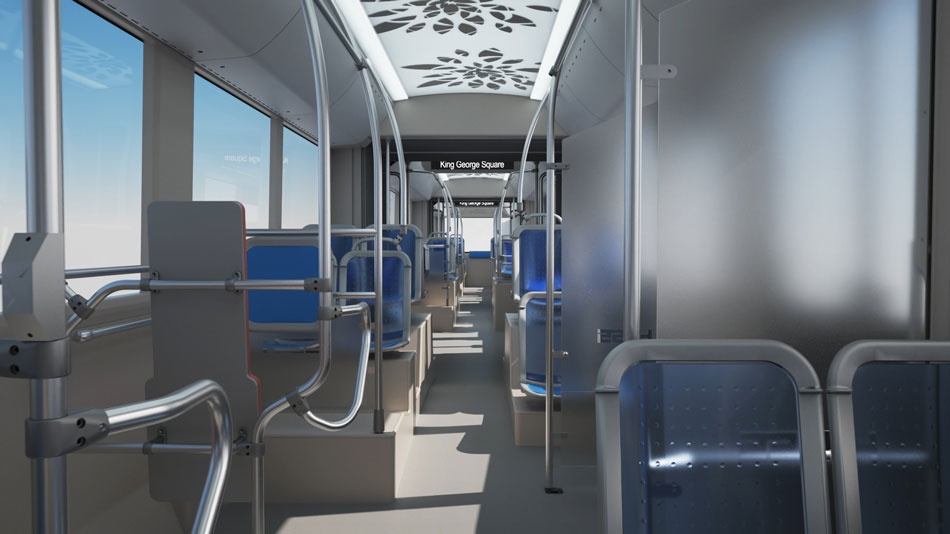
The vehicles include USB ports and free Wi-Fi for all passengers, a low floor from front to rear to improve accessibility and a panoramic rear window to showcase city views.
And most importantly, the turn-up-and-go Metro will revolutionise the way Brisbane people travel by doing away with the need for timetables.
“Brisbane Metro will provide services every three minutes in peak periods, reducing travel times by up to half, alleviating congestion, and improving the greater public transport network,” Cr Schrinner said.
“Rather than hundreds of buses travelling into the city, they’ll link with high-capacity and high-frequency Metro services running along dedicated busways, including 24-hours a day over the weekend.”
The contract for the Metro vehicle pilot is expected to be endorsed by a full sitting of Council on Tuesday 26 November 2019 with the detailed vehicle design starting in early 2020.
Preliminary works for Brisbane Metro will commence around the Cultural Centre in January 2020.
Brisbane Metro Facts
- The HESS/Volgren proposal for the Brisbane Metro vehicle offers a zero-tailpipe emission, fully electric fleet of vehicles with state-of-the-art flash charging infrastructure with the ability to charge in under six minutes at the end of each route.
- Each Metro vehicle features a bi-articulated (three carriage) design, four large double doors and capacity for 150 people in comfort, and up to 180 people in event mode.
- The Metro vehicles feature nearly silent operation, meaning a significant reduction in noise pollution compared with diesel and diesel-hybrid vehicles.
- Each Metro vehicle will be capable of accelerating at speeds equal to or better than existing buses, and will be able to maintain a top speed of 90km/h, the maximum speed permitted on the busway.
- As part of Brisbane Metro, Council will construct a depot facility at School Road, Rochedale which will provide storage for the new Metro vehicle fleet and charging facilities.
- Stage 1 of Brisbane Metro will provide a 21-kilometre service connecting 18 stations along dedicated busways between Eight Mile Plains and Roma Street, and Royal Brisbane and Women’s Hospital and University of Queensland. Stage 2 may see services expanded to Carindale in the South East and to Chermside and the Airport in the North.


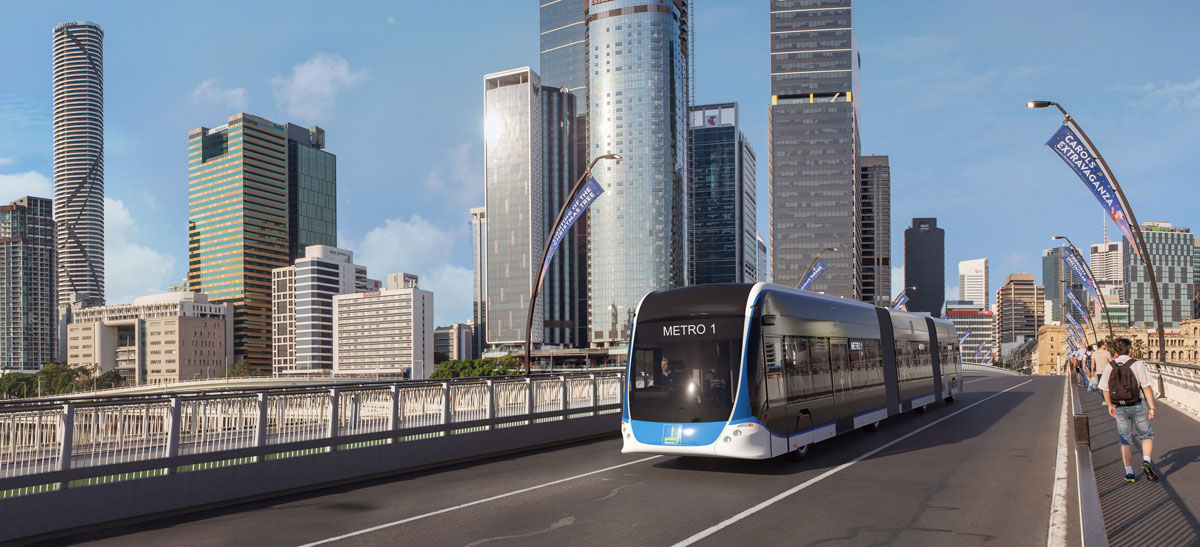
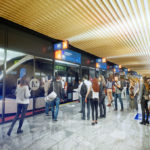
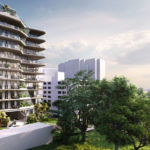
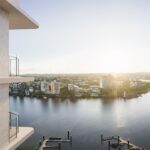
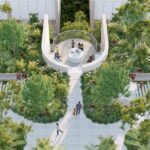
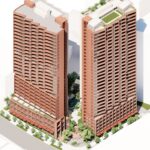


The maximum width of a vehicle is 2.5m.
https://www.google.com/url?sa=t&source=web&rct=j&url=https://www.tmr.qld.gov.au/-/media/Safety/Vehicle-standards-and-modifications/Loads-and-towing/Projecting-loads/Pdf_projecting_loads_brochure.pdf%3Fla%3Den&ved=2ahUKEwjv4LGlyIbmAhXe63MBHVwgCT8QFjAAegQIARAB&usg=AOvVaw2ucE0sQplbtR55APaLolOb
I am just confusing, if the target is a modern city, why still put eyes on bus. There is so many samples in the world for reference, why city put so much money on bus? May increase the parking space in city and lower the parking fee from ridicules $40 a hour to $15 or $20, try to enlarge the city area.
the idea of expensive parking rates is to dissuade unnecessary vehicle traffic into the city. It causes traffic chaos and accessibility issues.
The examples you speak of Andy are probably not the type of ‘modern city’ Brisbane should strive to create. Do you have any examples to refer to?
The crux of the matter is that investment towards public transportation (PT) infrastructure in Brisbane has been in dire straits since the removal of the very expansive tramway network that once existed here. That network was apparently the largest in the Southern Hemisphere. But it was entirely replaced with more road space, and now many people complain that there isn’t enough road space, and parking is expensive etc.
And so to counter your argument, I think you will find many case studies from many distinguished urban planning professionals explaining how PT is more reliable, sustainable and affordable for all. Thus providing greater equality and living standards for everyone in our cities. I think you should be looking at cities like Copenhagen. Not cities like Los Angeles.